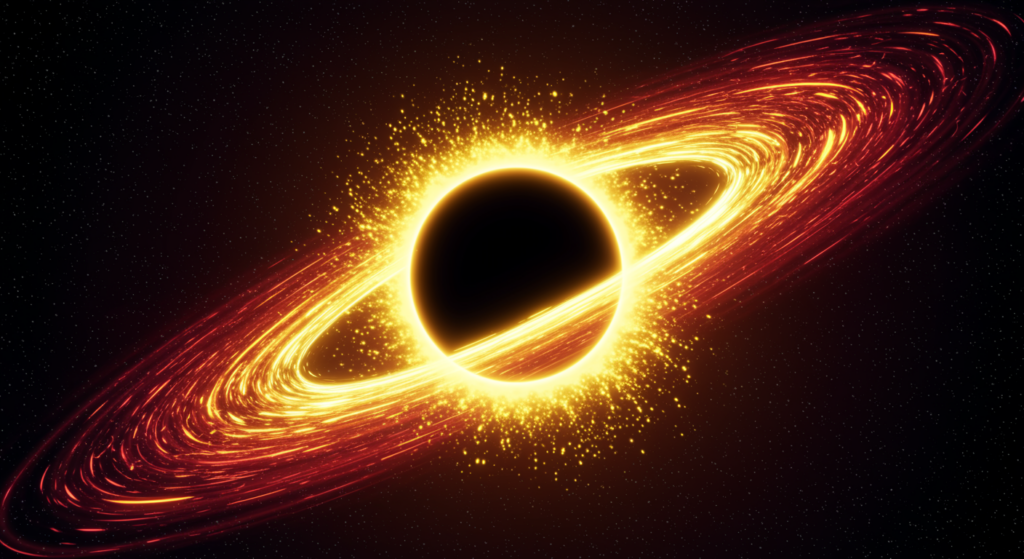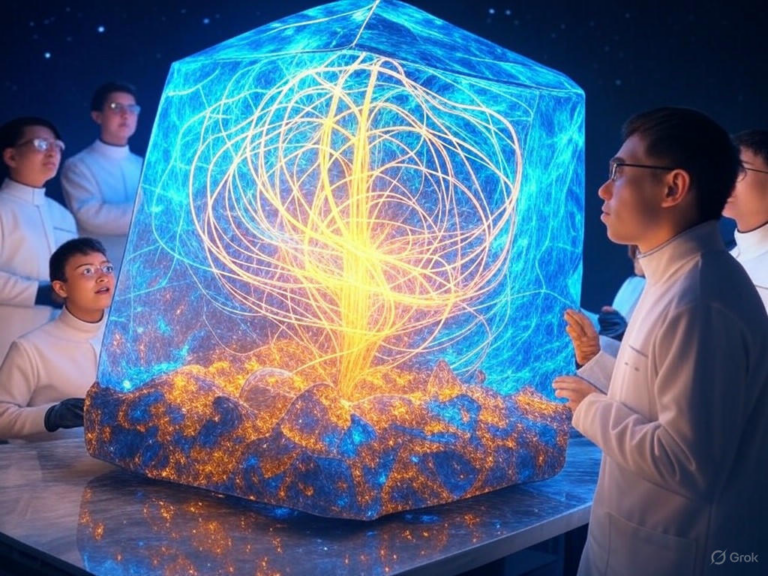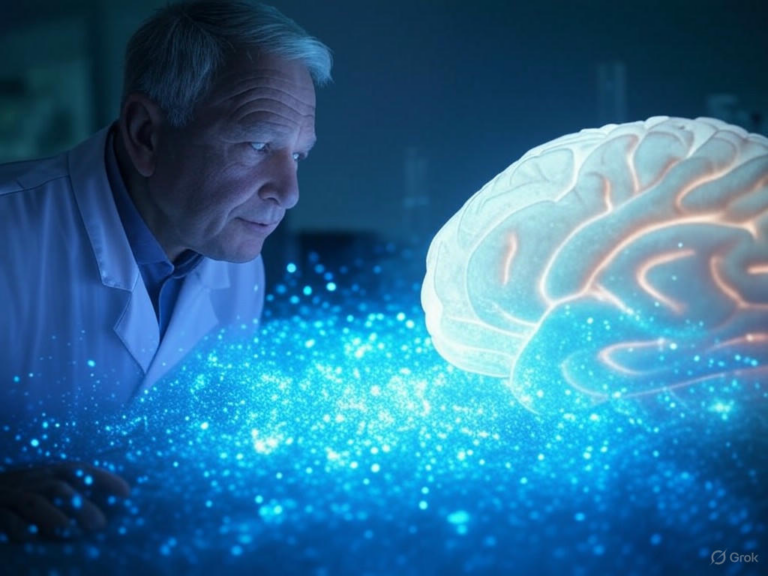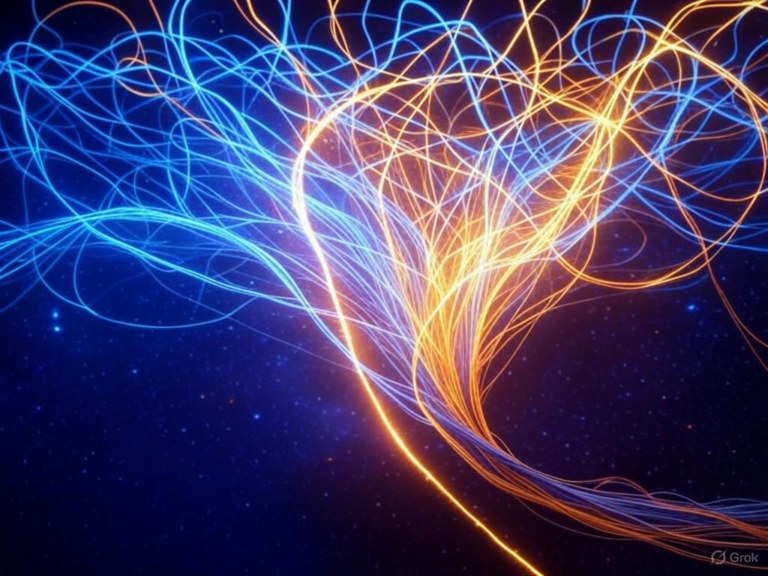
Dark Photon Theory of Light: Revolutionizing a Century of Physics
Understanding Dark Photon Theory
Have you ever pondered the invisible forces that hold the universe together? Dark photon theory of light dives into this enigma, proposing a hypothetical particle that could bridge the gap between what we see and the vast unknown. This theory suggests the dark photon acts as a force carrier in a hidden sector, much like how a regular photon carries electromagnetism in our everyday world. By exploring dark photon theory of light, scientists aim to explain the 85% of the universe’s mass that’s made up of dark matter—stuff that’s invisible to our telescopes and detectors but profoundly influences galactic motions.
Imagine a shadow world existing alongside ours, interacting only faintly. That’s the essence of dark photon theory, which posits this particle as a key to unlocking those secrets. Researchers draw parallels to the photon, but with a twist: the dark photon theory of light might interact weakly through something called kinetic mixing, offering clues to phenomena we can’t yet explain.
Theoretical Foundations of Dark Photon Theory Of Light
At its core, dark photon theory builds on extensions of the Standard Model, introducing a new U(1) gauge symmetry that births this spin-1 boson. This setup creates a “vector portal” for weak interactions with ordinary matter, potentially revealing itself in rare events or cosmic whispers. Think of it as adding a new layer to the universe’s rulebook, one that could rewrite our understanding of fundamental forces.
Why does this matter? Dark photon theory helps address gaps in current physics, like why certain particles behave unexpectedly. For instance, it might tie into anomalies in the muon’s magnetic moment, a puzzle that’s baffled scientists for years. By weaving in these ideas, dark photon theory not only expands the Standard Model but also paves the way for groundbreaking discoveries.
Motivations Behind Dark Photon Theory
What drives the search for dark photons? It’s all about filling in the blanks left by traditional physics. Observations of galaxies spinning faster than they should hint at dark matter’s presence, and dark photon theory offers a non-gravitational way to connect it to our visible universe. This approach could explain oddities in cosmic rays and high-energy astrophysics data.
Astronomers have long noted how dark matter shapes the cosmos, yet the Standard Model falls short. Dark photon theory steps in by suggesting a portal for interactions, possibly resolving the muon’s magnetic moment discrepancy. Picture this: if dark photons exist, they might act as the missing link, turning abstract theories into tangible evidence.
- Addressing unexplained cosmic anomalies that dark photon theory could clarify.
- Creating a bridge between dark matter and visible matter, as highlighted in recent studies.
- Tackling persistent experimental puzzles, like those from particle accelerators.
The Dark Sector: A Hidden World Explored by Dark Photon Theory
Envision a parallel universe of particles and forces that rarely touch ours— that’s the dark sector, and dark photon theory is our guide to it. This hidden realm might mirror our own, with dark photons serving as messengers between the two. For dark matter particles, these photons could mediate forces similar to electromagnetism, but in a shadowy domain.
One fascinating aspect is how dark photon theory positions this particle as a potential dark matter candidate itself. Could it be that what we’ve been calling dark matter is actually a sea of these elusive photons? This idea opens up exciting possibilities for cosmology, challenging us to rethink the universe’s building blocks.
Kinetic Mixing as the Key Bridge in Dark Photon Theory
At the heart of dark photon theory lies kinetic mixing, a process where dark photons can morph into regular ones and back. This subtle interaction is like a secret doorway, allowing faint signals to slip through from the dark sector. Detecting it might involve specialized experiments or subtle clues in the cosmic microwave background.
Why is this bridge so crucial? Kinetic mixing in dark photon theory could be our best shot at direct evidence, turning theoretical musings into observable reality. It’s a concept that’s not only elegant but also practical for future probes of the universe’s hidden forces.
Experimental Searches and the Challenges of Dark Photon Theory
How do we hunt for something so elusive? Dark photon theory drives experiments that push the limits of technology, like “light-shining-through-wall” setups where particles convert and reconvert. These efforts involve particle beams and sensitive detectors, scouring for signs in high-energy collisions.
Despite the excitement, challenges abound. Dark photons interact so weakly that they’re like needles in a cosmic haystack. Researchers are turning to cosmological data, such as shifts in the cosmic microwave background, to spot anomalies that dark photon theory predicts.
- Innovative lab tests aiming to produce and detect dark photons through bremsstrahlung or meson decay.
- Analyzing gravitational effects and CMB data for indirect evidence.
- Overcoming sensitivity issues with cutting-edge detectors.
Recent Advances in Dark Photon Theory Research
Progress in dark photon theory has been steady, with global analyses showing how it might improve fits to high-energy data. For example, a study from Physics World suggests dark photons could account for certain scattering results, hinting at new physics. These findings are fueling optimism in the field.
What’s next? As experiments refine their methods, dark photon theory is gaining traction, with results from accelerators like those at CERN providing fresh insights. It’s a reminder that even null results sharpen our theories.
Photon vs. Dark Photon: A Comparative Look
To grasp dark photon theory fully, let’s compare it to the familiar photon. While photons carry electromagnetism and interact with charged particles, dark photons operate in the hidden sector, potentially with a small mass that sets them apart.
| Property | Photon (Standard Model) | Dark Photon (From Dark Photon Theory) |
|---|---|---|
| Force Carrier For | Electromagnetism | Dark sector forces |
| Mass | Massless | Possibly massless or slightly massive |
| Direct Interactions | All charged particles | Weak mixing via kinetic mixing in dark photon theory |
| Role in Dark Matter | None | Potential mediator or candidate |
This comparison highlights how dark photon theory expands our toolkit for understanding the universe.
Broader Implications of Dark Photon Theory
If dark photon theory proves true, it could usher in a new era of physics, revealing unseen forces and symmetries. This might finally explain dark matter’s role in galaxy formation and other cosmic phenomena. For instance, it could resolve long-standing astrophysical mysteries, like unexpected star velocities.
Think about the ripple effects: dark photon theory might offer new ways to probe the universe, from particle colliders to space telescopes. It’s not just about discovery—it’s about reimagining our place in the cosmos.
Challenges and Future Prospects in Dark Photon Theory
The road ahead for dark photon theory is full of obstacles, mainly due to its predicted weak signals. Scientists are ramping up efforts with advanced detectors and cosmological surveys to explore more parameter space. What if we don’t find anything? Even then, it refines our models and sparks new questions.
Looking forward, projects at major facilities could yield breakthroughs. Dark photon theory reminds us that persistence in science often leads to profound insights.
What the Future Holds for Dark Photon Theory
Will dark photon theory rewrite physics books? Only time will tell, but it’s already inspiring a wave of innovation. As we refine our tools, we might uncover answers to age-old questions about dark matter and hidden forces.
Here’s a hypothetical: Imagine detecting a dark photon signal—how would that change our view of the universe? It’s scenarios like this that keep researchers hooked.
Conclusion: Embracing the Innovations of Dark Photon Theory
Dark photon theory stands as a beacon for advancing physics beyond the Standard Model, promising to illuminate the dark sector’s secrets. By pursuing this theory, we’re not just chasing particles; we’re uncovering the universe’s fundamental nature. What do you think—could dark photon theory be the key we’ve been missing?
If you’re fascinated by this topic, dive deeper into related concepts or share your insights in the comments below. Let’s keep the conversation going and explore more mysteries together.
References
1. “Dark Photon,” Wikipedia, https://en.wikipedia.org/wiki/Dark_photon.
2. “Dark photons could explain high-energy scattering data,” Physics World, https://physicsworld.com/a/dark-photons-could-explain-high-energy-scattering-data/.
3. “Dark Photons Could Shed Light on the Mystery of Dark Matter,” Space.com, https://www.space.com/dark-photons-shed-light-mystery-dark-matter.
4. “No sign of ghostly dark photons in afterglow of Big Bang,” Science, https://www.science.org/content/article/no-sign-ghostly-dark-photons-afterglow-big-bang.
5. “What Are Dark Photons and How Can They Be Detected?” ScienceABC, https://www.scienceabc.com/pure-sciences/what-are-dark-photons-and-how-can-they-be-detected.html.
dark photon theory, dark photon, dark matter, physics revolution, Standard Model extensions, hidden sector, particle physics, cosmology secrets, universe forces, experimental challenges







